Fiddle Leaf Fig Problems (Repost)
Shavaun (8b: Valdosta, GA)
6 years ago
Featured Answer
Sort by:Oldest
Comments (82)
litterbuggy (z7b, Utah)
6 years agoAlex (5 - Nebraska)
6 years agoRelated Discussions
Fiddle leaf fig leaf problem?
Comments (1)It's just getting old. Starting to yellow between the veins. It will eventually turn completely yellow and fall off....See MoreFiddle Leaf Fig problems
Comments (1)If your plant doesn't wilt while the soil is still moist, the necrotic areas on leaf tips and margins is from over-watering and/or a high level of dissolved solids (salts) in the soil solution. The best fix, and the one that makes the most sense, since it will rid you of both issues, is to get your plant into a soil that allows you to water correctly w/o worry that you'll rot roots or your plant will suffer from diminished root function for days on end. There ARE ways you can deal with excess water retention, and now isn't a good time to be repotting, so my suggestion would be to start a conversation centering around dealing with excess water retention for the temporal, with a projected plan for next summer that will get your plant back on track. You can't expect a happy plant if you can't keep the roots happy, and fighting your soil for your plant's vitality surely isn't a good way to improve your proficiency. Al...See MoreFiddle Leaf Fig: The Problem Child, Help!
Comments (1)If you're watering when the soil "feels damp when I put my finger about an inch into the soil, it's almost a sure bet you're over-watering. Use a wooden dowel (from a hardware or big box store), ends sharpened in a pencil sharpener, stuck all the way to the bottom of the pot to tell you when it needs water. If the dowel comes out wet or stained dark with moist soil, withhold water until the point in time when it first comes out clean/dry. Also, flush the soil thoroughly the next time it needs water. Your watering method ensures all salts from your tapwater and fertilizer continue to accumulate in the soil. The high level of salts + the plant's inability to move water efficiently because of waterlogged soil conditions are pushing the plant to a death by thirst in a sea of plenty. Al...See MoreHelp for Fiddle Leaf Fig- spider mites and leaf drop
Comments (4)Thank you so much for responding (and for talking me off the ledge!) Sorry I wasn't being clear...I have not yet repotted and was waiting until June to do so. I haven't examined the soil closely, but once when I was lifting/transporting the tree to water it, the pot just fell off the plant onto to the ground. it did make some mess but the potting medium pretty much held together in the shape of the pot. So, I'd say at least "old" if not "bad" soil? Should I look at the roots more closely and if so, what am I looking for? (And what would I do if I found it?) If this guy does survive, I will summon up the courage to repot hopefully in Al's 5:1:1 in June if I can manage to find all the right ingredients (been working on that for some time.) Very nervous to repot something this size. I did spray all the other bigger plants in the house and will now do the rest of them (and this one) once a week...thank you! I knew they traveled from plant to plant....but, hitch a ride on me? I might never sleep again knowing that...lol. Also, I haven't fertilized at all--I know I've read somewhere on this Forum that it's good to do a weaker Foliage Pro all year(?) but I wasn't sure if I should just initiate that at this time of year--even at a weaker strength, much less when the plant is stressed? I'm thinking I should wait for new growth to start fertilizing? Thank you, thank you for taking the time to help!!!!...See MoreDave
6 years agoAlex (5 - Nebraska)
6 years agoEkor Tupai
6 years agoDave
6 years agoAlex (5 - Nebraska)
6 years agoAlex (5 - Nebraska)
6 years agoEkor Tupai
6 years agoAlex (5 - Nebraska)
6 years agoEkor Tupai
6 years agolast modified: 6 years agoAlex (5 - Nebraska)
6 years agorobin98
6 years agoAlex (5 - Nebraska)
6 years agoEkor Tupai
6 years agolitterbuggy (z7b, Utah)
6 years agorobin98
6 years agoShavaun (8b: Valdosta, GA)
6 years agoEkor Tupai
6 years agoAlex (5 - Nebraska)
6 years agoAlex (5 - Nebraska)
6 years agorobin98
6 years agoShavaun (8b: Valdosta, GA)
6 years agoEkor Tupai
6 years agoEkor Tupai
6 years agorobin98
6 years agolitterbuggy (z7b, Utah)
6 years agoCindy Houston
6 years agoCindy Houston
6 years agoDave
6 years agolast modified: 6 years agoEkor Tupai
6 years agoDave
6 years agoCindy Houston
6 years agoCindy Houston
6 years agolitterbuggy (z7b, Utah)
6 years agoShavaun (8b: Valdosta, GA)
6 years agoShavaun (8b: Valdosta, GA)
6 years agorobin98
6 years agoShavaun (8b: Valdosta, GA)
6 years agorobin98
6 years agoShavaun (8b: Valdosta, GA)
6 years agorobin98
6 years agoCesilee (8b: Portland, OR)
6 years agorobin98
6 years agoCesilee (8b: Portland, OR)
6 years agorobin98
6 years agoCesilee (8b: Portland, OR)
6 years agorobin98
6 years agolast modified: 6 years agoCesilee (8b: Portland, OR)
6 years ago
Related Stories

HOUSEPLANTSPlay Up Some Fiddleleaf Figs for a Lively Indoor Tune
Strike a dramatic chord in a minimalist scene or a country note in a rustic setting — fiddleleaf fig plants harmonize with any style
Full Story
DECORATING GUIDESFrom Queasy Colors to Killer Tables: Your Worst Decorating Mistakes
Houzzers spill the beans about buying blunders, painting problems and DIY disasters
Full Story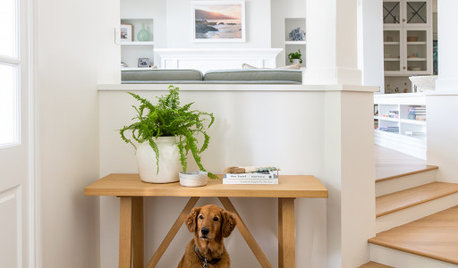
CONTAINER GARDENSConsider These 10 Pet-Safe Houseplants
Help keep cats and dogs healthy with the right selection of indoor plants
Full Story
DECORATING GUIDES12 Smart Ideas for Decorating Empty Corners
Fill a neglected corner with something useful, attractive or both, using these dozen thoughtful decorating strategies
Full Story
LIGHTINGHouse Hunting? Look Carefully at the Light
Consider windows, skylights and the sun in any potential home, lest you end up facing down the dark
Full Story
HOUSEPLANTS10 Top Plants to Grow Indoors
Brighten a room and clean the air with a houseplant that cascades artfully, stretches toward the ceiling or looks great on a wall
Full Story
HOUSEPLANTS8 Essentials for Healthy Indoor Plants
Houseplants add so much to our homes — and can thrive when grown in the right conditions. Keep these tips in mind
Full Story
CONTAINER GARDENSHappy Houseplants, Happy People
Potted plants add life and beauty to a room. Learn easy ways to keep them healthy
Full Story
CONTAINER GARDENSContainer Garden Basics: How and When to Water Potted Plants
Confused about soil moisture, the best time to water and what watering device to use? This guide can help
Full Story
DECORATING GUIDESTop 10 Interior Stylist Secrets Revealed
Give your home's interiors magazine-ready polish with these tips to finesse the finishing design touches
Full Story



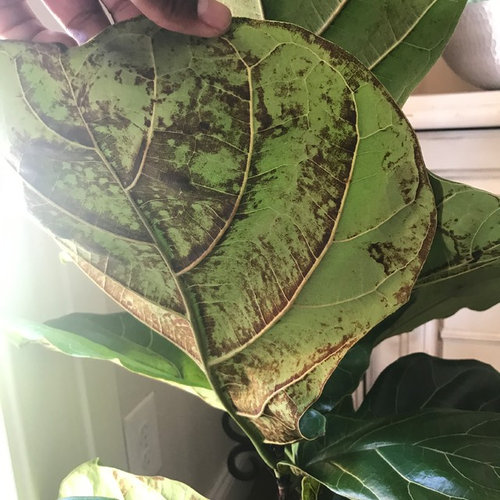



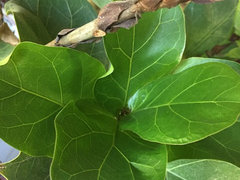
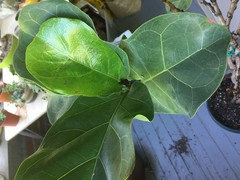
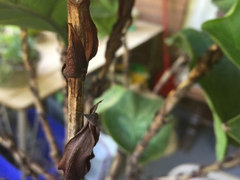
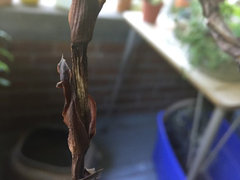


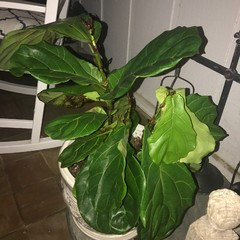
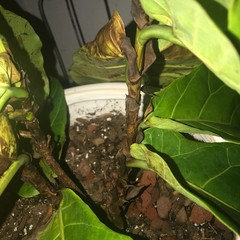


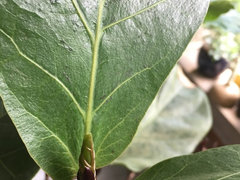
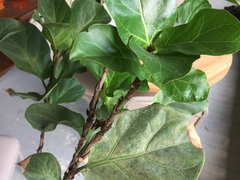



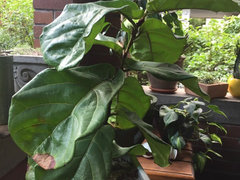

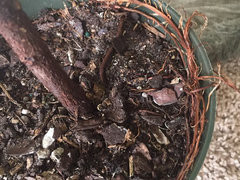
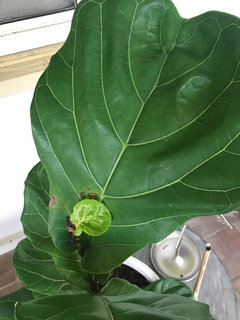






litterbuggy (z7b, Utah)